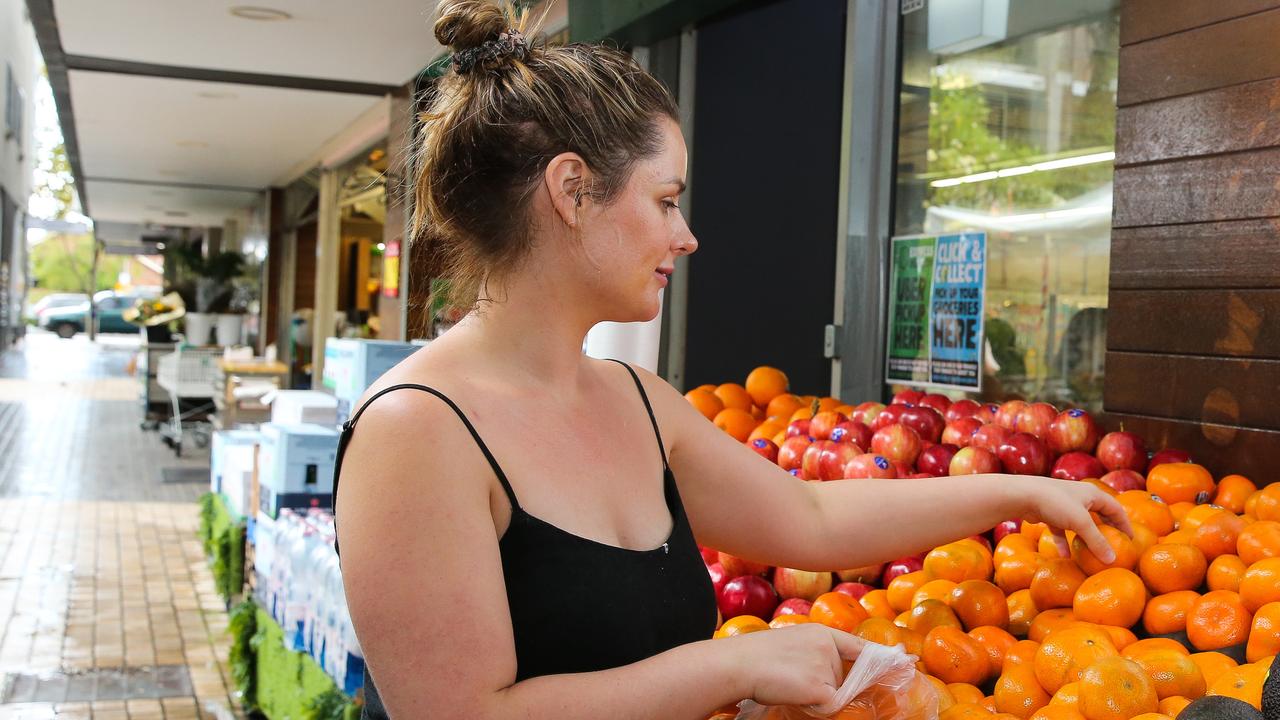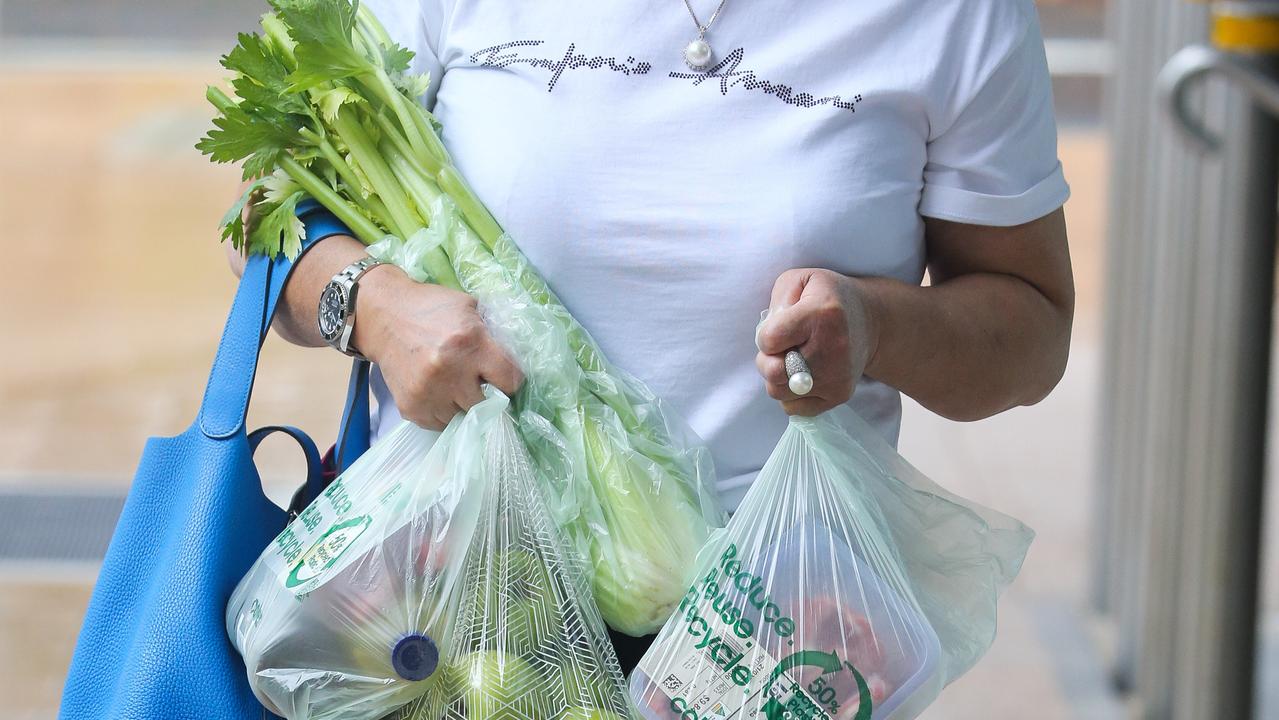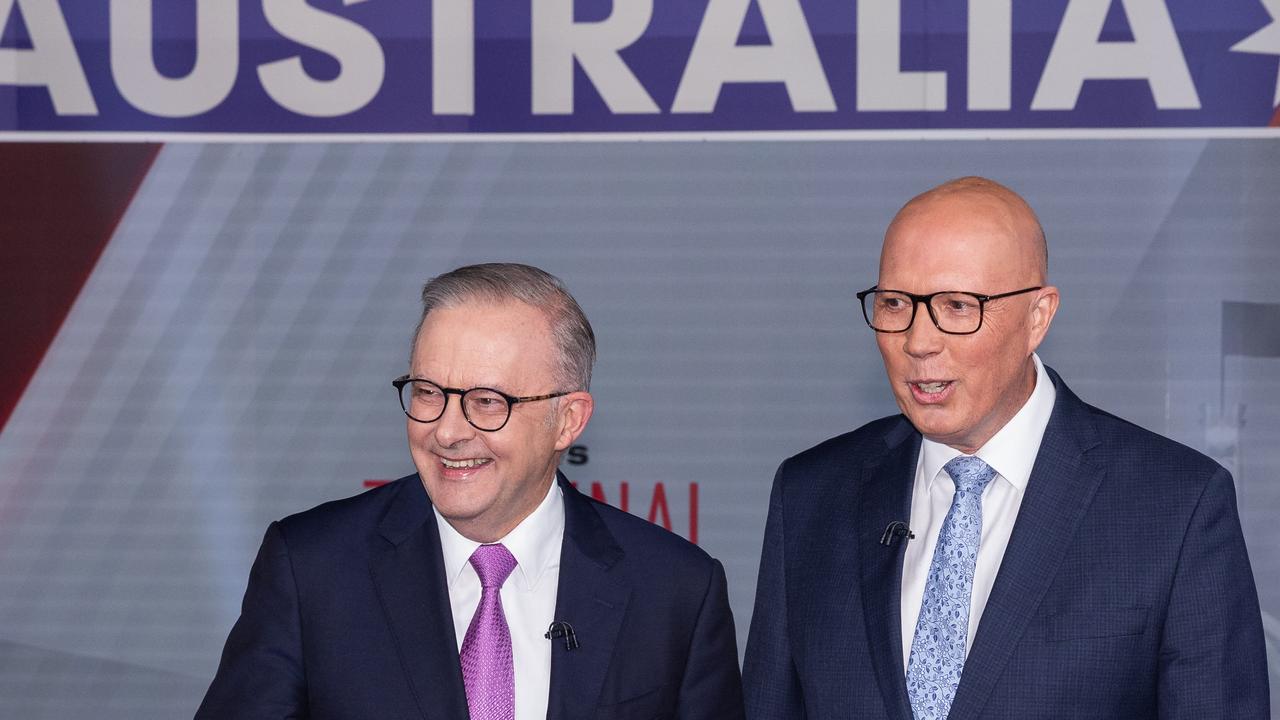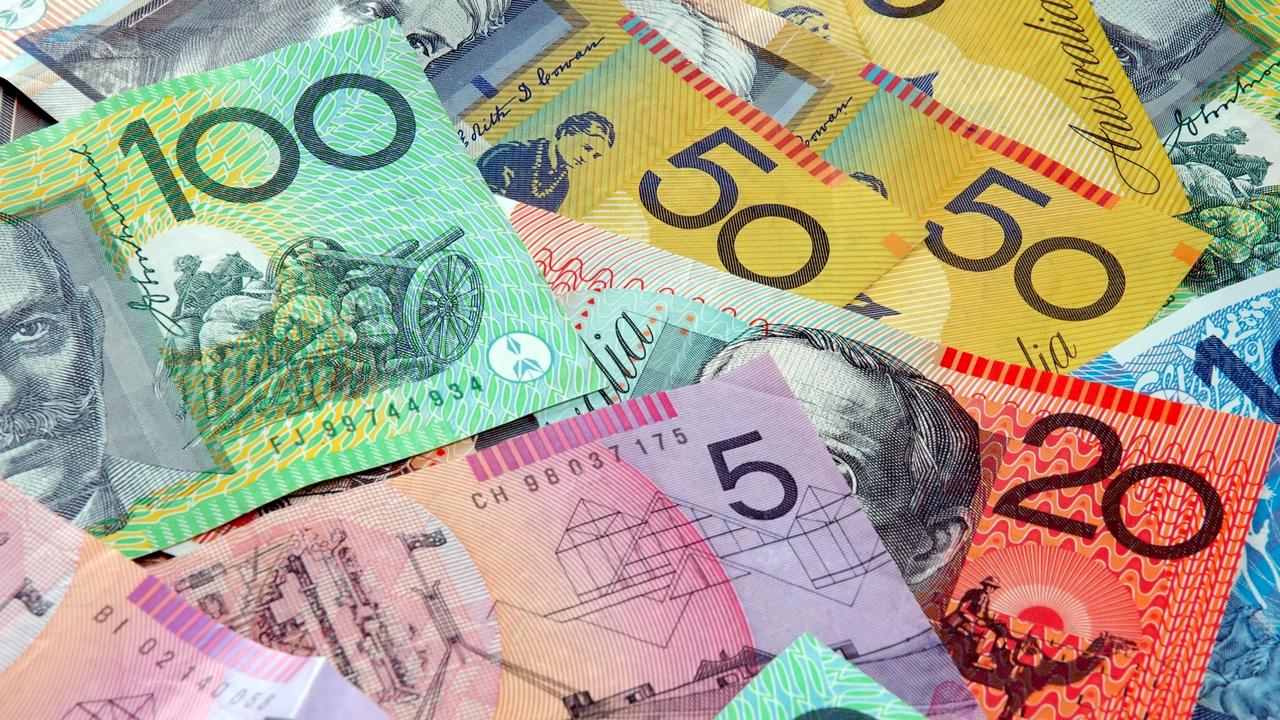Rates tipped to stay higher despite Aussies cutting back on their spending
Aussies are doing what the Reserve Bank of Australia is asking and cutting back on spending, but they might need to wait nine months for a reduction on their mortgage.

Hopes of a rate cut have been dashed in recent days, as a number of financial institutions update their financial forecasts.
AMP chief economist Shane Oliver said while he still thinks a rate cut is coming in February, the markets are pricing in rate cuts much later than previously thought.
“The local market is getting a bit too pessimistic on the prospect of a rate cut. The money markets are only fully pricing in a cut by August next year,” he said.
NAB had, along with the other big four banks, tipped the Reserve Bank of Australia would cut the official cash rate at its first meeting of 2025 in February.

But after the release of the latest employment data which showed Aussies are still getting a payrise above inflation and the unemployment rate is remaining low, they have pushed their prediction of a rate cut back until May.
The labour market has been stronger than expected and the RBA remains concerned about upside risks to inflation should gradual labour market cooling stall and capacity growth remain sluggish,” NAB said in its updated monetary policy published on last Thursday.
“On 30 September, we pulled our rate call forward to a first cut in February.
“We did that expecting an improving balance of risks around the inflation outlook would bring a rate cut into view sooner.
“While Q3 CPI data was as expected, we have been surprised by resilience in labour market indicators.
“It remains our view that the unemployment rate will rise a little further before stabilising around 4.5 per cent in mid 2025, broadly in line with the RBA’s November forecast track.”
The calls on rate as spending data released by CommBank iQ shows a two-speed economy with younger Aussies spending less, while older ones are increasing their consumption.
Total spending across the Australian economy edged up 1.5 per cent in the September quarter of 2024 compared to the same in 2023, nearly half the current inflation rate at 2.8 per cent.
According to the Commonwealth Bank, much of these cuts are coming from those aged 18-29, who are spending 2 per cent less over the last 12-month, including on both essential and discretionary spending.

Those aged between 20 and 39 have also had negative spending growth with a 1.1 per cent drop in spending on essential spending and 1.0 per cent drop in discretionary spending.
By contrast, those aged 60-69 increased spending by 3.9 per cent and over 70s by 7.7 per cent, underscoring the continued generational spending gap.
Wade Tubman, CommBank iQ Head of Innovation and Analytics said there is a growing divide between the spending purchases of younger and older Aussies.
“Younger Australians are still making sacrifices as they face lingering cost of living pressures,” he said.
Many are eating out less, buying fewer clothes and prioritising in-home entertainment like streaming. However, higher spend on gyms and fitness tells us wellness is still a focus.”
“In fact, we’ve seen those all the way up to forty years-old cut back on spending, highlighting the large swath of the population feeling the cost of living pressures,” Mr Tubman said.
Spending on the essentials has halved in the past year, down to 1.7 per cent, as the share of wallet between essential and discretionary spending is now nearly equal ($1383 per capita per month vs $1379).

The slowdown was driven by decreases in petrol prices (down 6 per cent) and reduced utilities spending (down 3 per cent), with the fall in utilities coming from government subsidies on energy bills from both federal and state governments.
On the other hand, spending on Insurance (+10 per cent), Medical and Pharmacies, (+7 per cent), and Education (+6 per cent) continued to rise.
Australian Bureau of Statistics inflation figures show insurance prices leapt 6.2 per cent in the 12 months until September 2024, with only education, and alcohol tobacco prices rising faster.
“Essential spending growth has more or less tracked inflation in recent years, but it’s now seen a significant decrease,” Mr Tubman said.
“That offers people more control of their budget, and if medical and insurance costs can follow, it will mean the pressure on life’s necessary expenses has passed.”





